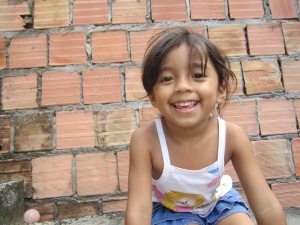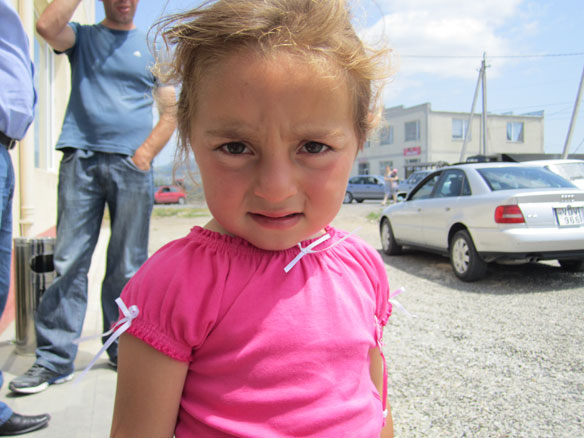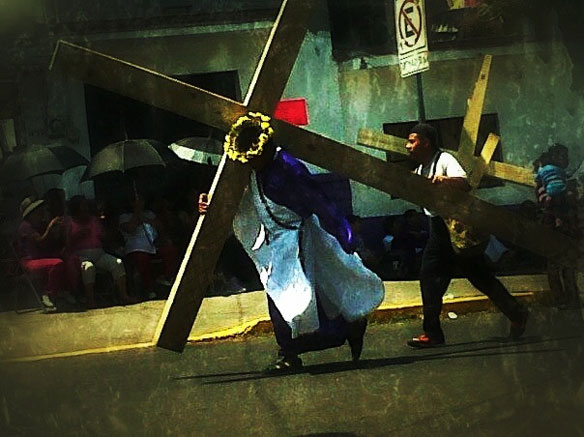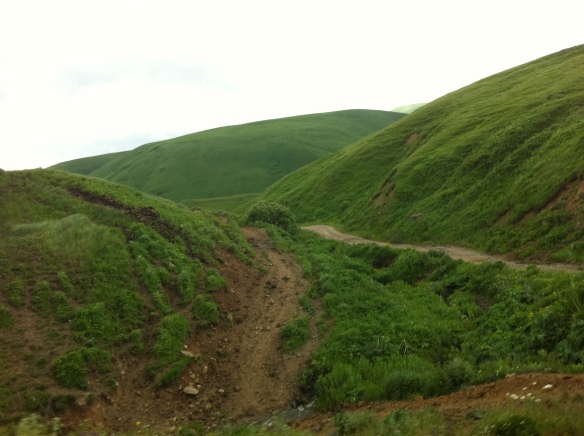A Lifeline of Hope
Growing up in East Harlem, I lived in a tenement building that was the hang-out spot for heroin addicts. Hope was not an option back then—only survival. During a recent trip to Manaus, Brazil, on a site visit to Shade and Fresh Water, an Advance project of the General Board of Global Ministries, I was reminded of my own story as a youth, and the lifeline of hope that was extended to me through creative arts programs, which Shade also offers.
Every day, upon exiting my apartment building, I pressed through the crowd of heroin addicts on my way to school, often also clearing the way for my mother, who escorted me. During those formative years, I witnessed domestic violence, gun shootings or stabbings, excessive drug use, and more. Rather than fight my surroundings, I acclimated to them, becoming part of the drug scene.
By the time I was eight years old, I became the “look out” for the neighborhood drug pusher, and he agreed to show my family and me respect when we entered and exited the building. Rather than playing like normal children at the nearby playground, I would stand watch for undercover detectives or cops, as heroin addicts would make their way to the rooftop to use drugs.
When I visited Shade Fresh and Water (Advance #11580A), I was reminded of the unfriendly, untrustworthy, just-survive world of selfish addiction, pain, and violence of my youth.
Many of the children living in Manaus slums are exposed to drugs and abuse, as I was. They may also become vulnerable to prostitution, teenage pregnancy, and more. These children are no different than me, except that now I look to my past to identify with them. They, however, may be living this life daily.

A young Shade and Fresh Water participant takes a break after the morning activities at a play area behind the church. Photo: J. Santiago/UMCOR
Shade and Fresh Water gives children a rest from their everyday environment and opens them up to the world of possibility. The program’s name is based on a Brazilian saying which basically says, “When you are going through life struggles or issues, all you need are a little shade and a little fresh water.”
Through learning programs that offer sports and recreation, the arts, and Christian education, Shade participants, ages 6-14, learn how to respond to difficult life issues versus acclimating to their toxic environment as I once did. The children learn how to apply practical life lessons, work as a team, collaborate on exercises or demonstrations, and express themselves through music, dance, or sports. Shade creates an enjoyable environment for children and teenagers and makes them feel loved and protected while involving them in the program.
While visiting Shade projects with UMCOR Health executive Patricia Magyar, who was assessing the project for future collaboration and support, I saw several children minister liturgical dances to their congregations. This reminded me of the opportunities I received in summer camp or after-school programs that fostered positive, creative learning environments through dance and the arts. Back then, my involvement in dance became my way of escape, my lifeline of hope from the everyday drama at home or in the neighborhood. It also secured the early foundation of a future call to dance ministry.

Watching the girls dance in Manaus was a priceless opportunity to recognize just how far God has brought me from the days of my youth. But I also recognized how important our choices are when serving one another. To know “you did good” because a person’s life has changed or has been impacted in some positive way, is powerful and humbling thing. I left Shade with the desire to return to teach dance, share the love of God, and share the piece of rope that once was extended to me.
While creative expression is just a part of the fresh water provided by Shade, the program is certainly building a foundation for the future of these at-risk children. It was a privilege to witness it.





















